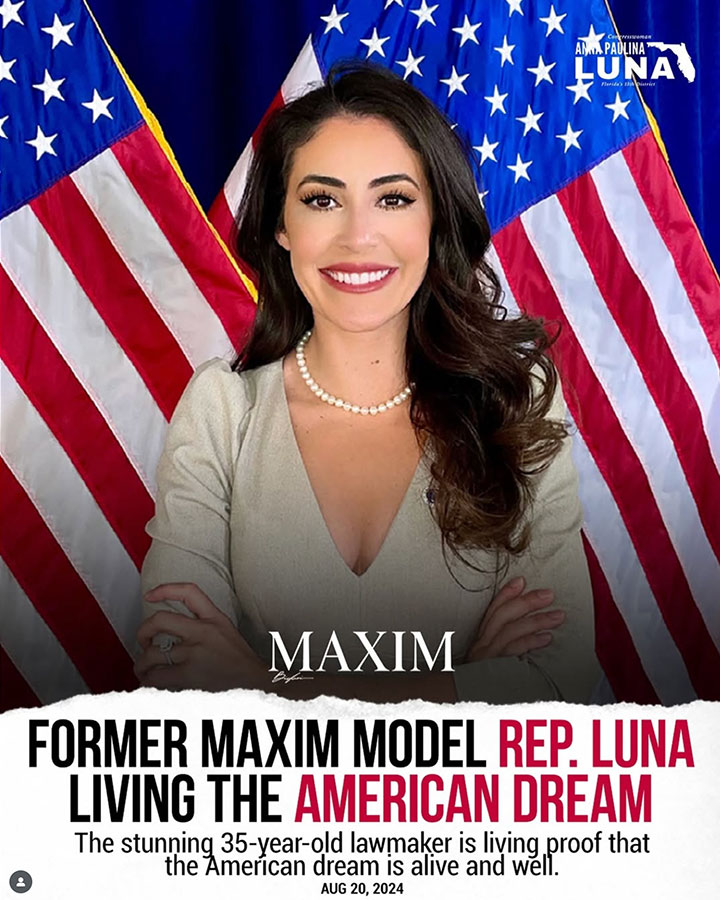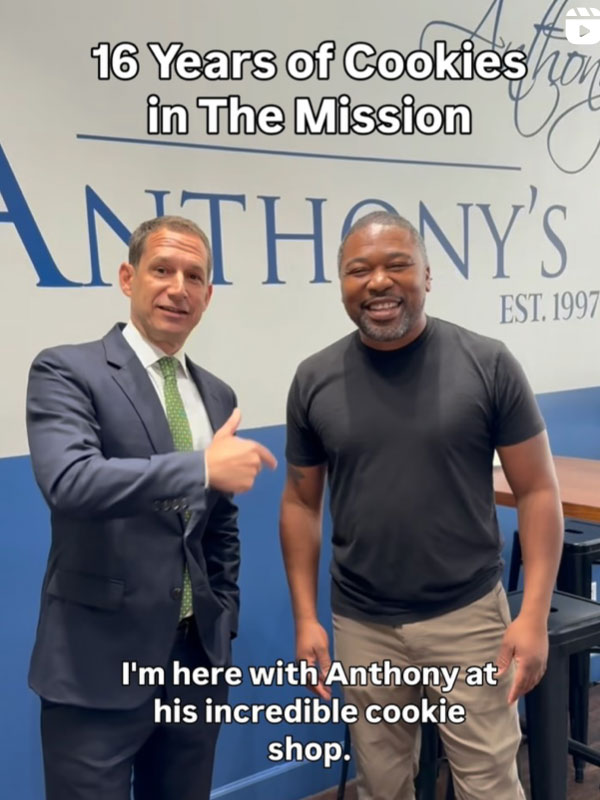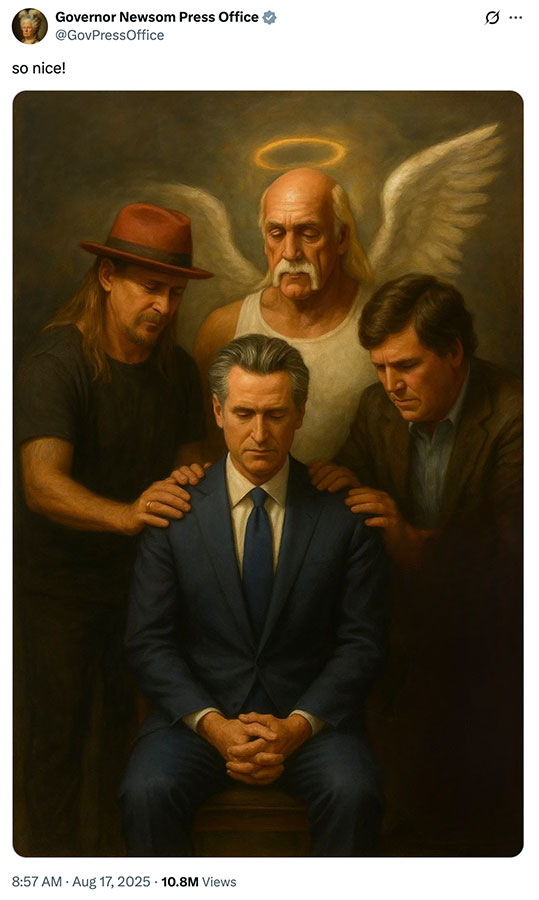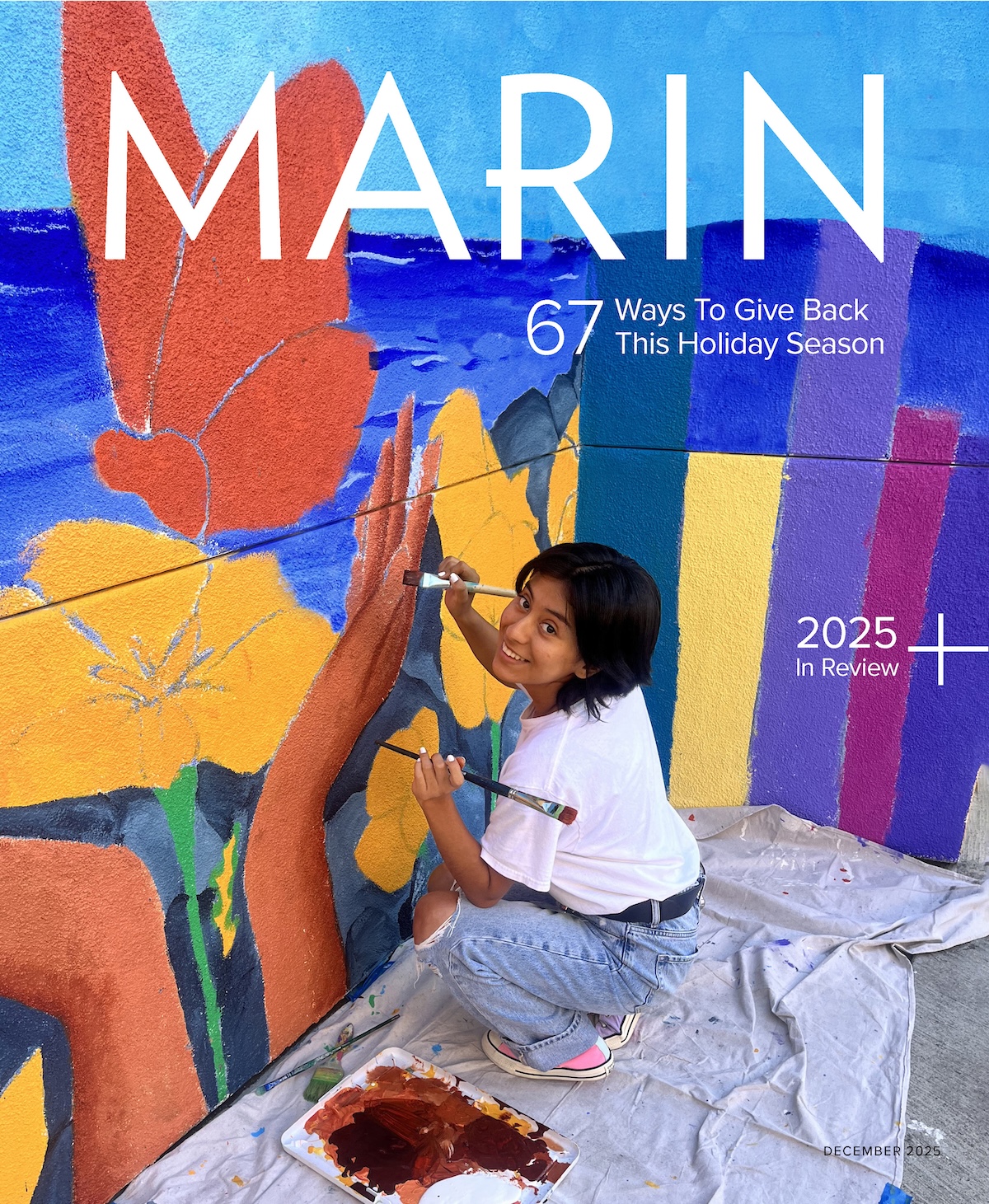Seizing the attention of voters requires meeting them where they already are.
Ambitious political leaders are saying farewell to the old modes of communication. Gone are the days when a town hall or press release could reliably shape public opinion. Political relevance today requires meeting voters where they already are.
That place is the digital feed. According to the Pew Research Center, 53% of US adults now get their news from social media at least occasionally. Among adults under 30, the number rises to 76%.
In this fast-paced environment, a politician must know how to stop a scrolling thumb. The medium is the short video, the headline with a hook or the post that lands even with the sound off. Content must be packaged for velocity and reach or it will fail.
To observe this trend is not to celebrate it uncritically. The business of governing still depends on smart policymaking, people skills, and a grasp of complexity. But those virtues matter little if no one is watching. Without attention, there is no persuasion. Without persuasion, there is no power.
The digital feed is no longer a sideshow to politics. It is the main stage. Leaders who understand this are far more likely to shape not just conversations but outcomes. Here are three who do.

Anna Paulina Luna: Conflict, Streamlined

Rep. Anna Paulina Luna of Florida offers a vivid example of how political capital can flow from digital skills rather than institutional clout. A first-term member of Congress with no significant committee assignments, she has managed to leapfrog far more senior colleagues in online influence.
Among conservative women, few can rival her. Marjorie Taylor Greene has plateaued, while Luna’s Instagram account has grown by approximately 40% over the past year. On TikTok, where Greene is absent, Luna’s videos routinely surpass 100,000 views.

Luna’s strategy is clear and consistent: turn conflict into content. Public dustups, resurfaced bikini photos, fiery floor speeches — each becomes fuel for brief clips edited for speed and spectacle. Her posts pair short captions with bold headlines and are distributed at high volume.
Critics call it shallow. Admirers call it shrewd. In practice, it is effective. Luna knows her influence is measured in clicks, and she says so in a 2023 Time article: “A million impressions on a tweet is bigger than some primetime shows on network television.”
Luna was an influencer before she was a legislator. Her presence continues to grow because she understands how the algorithm works. This hybrid model of politician-slash-influencer is no longer the exception. It is becoming the expectation.

Daniel Lurie: Making Civic Pride Clickable

Mayor Daniel Lurie of San Francisco presents a different model. Where Luna leans into confrontation, he relies on optimism and calm. Lurie’s social media feed features him visiting bookstores, bakeries and neighborhood events.
Lurie’s tone is casual but consistent. The vignettes seem spontaneous and unscripted. Light editing — emojis, trending music and quick cuts — supplies the polish. First Lady Becca Prowda adds a dash of incandescence with her guest appearances.
Lurie’s social media is not an afterthought or an exercise in image management. It is part of his governing strategy. The message he projects is simple but powerful: San Francisco still matters. The city’s problems are real, but so are its assets. Local businesses, shared spaces and civic rituals are presented as the backbone of a city still worth investing in.

Some detractors say his posts skirt the city’s deeper challenges, particularly homelessness and public safety. Others argue that his approach is the only viable one in a media environment where pessimism often crowds out nuance. What’s clear is that it resonates with residents weary of hearing their city pilloried by the right.
When Lurie was elected, his Instagram following was just over 3,000. Today, it is 150,000, and, according to Lurie, his posts have generated 14 million views. When asked about his 73% approval rating, Lurie demurs, saying, “I don’t care about the numbers.” Yet for a new mayor governing a city so often caricatured as unmanageable, these metrics are remarkable.

Gavin Newsom: The Meme as Message

Gov. Gavin Newsom has a deeper history with social media than any sitting governor. As mayor of San Francisco in 2008, he replaced the standard State of the City address with a seven-hour video series uploaded in segments to YouTube. A year later, he launched his first gubernatorial campaign online with a tweet, a multilingual video rollout and an event streamed from Facebook headquarters. These experiments, often dismissed at the time, now look prescient.
By 2010, The New York Times dubbed him “the Twitter Prince” because he was among the first politicians to recognize that digital platforms were not a secondary tool but the primary means of communicating directly with constituents.
In 2025, as governor, he broke the mold again. Overnight, his government account became a meme factory parodying Trump. Its content drew heavily on pop culture, music and TikTok trends. AI-generated images of Newsom skewering MAGA spread quickly.
The effect was immediate. While conservative commentators clutched their pearls, Newsom raced ahead of his peers and became the number one Democratic elected official online by far. The data from Social Blade shows that he has added more than 500,000 followers and 6.8 million likes in the past month, and 1.2 million followers over the past 90 days.

Perhaps most striking is Newsom’s tonal shift. He does not just inform. He provokes. The governor, once more associated with technocratic detail, now trades in speed, irreverence and cultural fluency. In doing so, he reaches wide swaths of the electorate that a traditional press release never will.
To some, his provocation is unstatesmanlike. To others, it is an overdue response to a political reality where mockery travels faster than argument. Newsom explains: “I’m just following Trump’s example. If you have issues with what I’m putting out, you sure as hell should have concerns with what he’s putting out as president.”
Either way, the results speak for themselves. Newsom has expanded his base, recaptured the attention of the anti-Trump left, and decisively inserted himself into the national conversation. When a single post singeing Trump dominates an entire media cycle, the “prince” is no longer just experimenting. He is leading.

Nathan Ballard is an attorney who specializes in crisis communications. He has been an advisor to Gavin Newsom, the Democratic Party and the Golden State Warriors.


